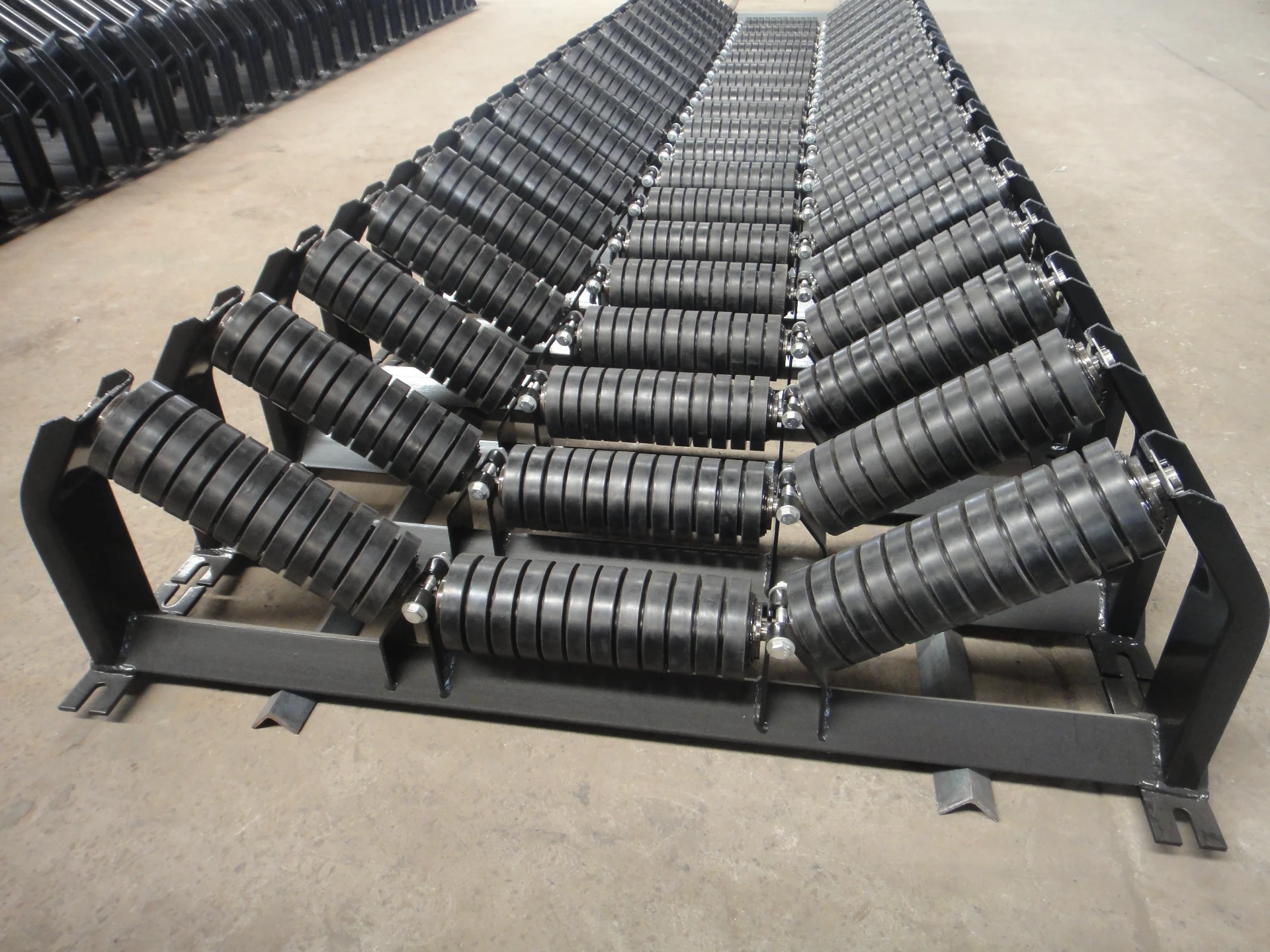 Afrikaans
Afrikaans  Albanian
Albanian  Amharic
Amharic  Arabic
Arabic  Armenian
Armenian  Azerbaijani
Azerbaijani  Basque
Basque  Belarusian
Belarusian  Bengali
Bengali  Bosnian
Bosnian  Bulgarian
Bulgarian  Catalan
Catalan  Cebuano
Cebuano  Corsican
Corsican  Croatian
Croatian  Czech
Czech  Danish
Danish  Dutch
Dutch  English
English  Esperanto
Esperanto  Estonian
Estonian  Finnish
Finnish  French
French  Frisian
Frisian  Galician
Galician  Georgian
Georgian  German
German  Greek
Greek  Gujarati
Gujarati  Haitian Creole
Haitian Creole  hausa
hausa  hawaiian
hawaiian  Hebrew
Hebrew  Hindi
Hindi  Miao
Miao  Hungarian
Hungarian  Icelandic
Icelandic  igbo
igbo  Indonesian
Indonesian  irish
irish  Italian
Italian  Japanese
Japanese  Javanese
Javanese  Kannada
Kannada  kazakh
kazakh  Khmer
Khmer  Rwandese
Rwandese  Korean
Korean  Kurdish
Kurdish  Kyrgyz
Kyrgyz  Lao
Lao  Latin
Latin  Latvian
Latvian  Lithuanian
Lithuanian  Luxembourgish
Luxembourgish  Macedonian
Macedonian  Malgashi
Malgashi  Malay
Malay  Malayalam
Malayalam  Maltese
Maltese  Maori
Maori  Marathi
Marathi  Mongolian
Mongolian  Myanmar
Myanmar  Nepali
Nepali  Norwegian
Norwegian  Norwegian
Norwegian  Occitan
Occitan  Pashto
Pashto  Persian
Persian  Polish
Polish  Portuguese
Portuguese  Punjabi
Punjabi  Romanian
Romanian  Russian
Russian  Samoan
Samoan  Scottish Gaelic
Scottish Gaelic  Serbian
Serbian  Sesotho
Sesotho  Shona
Shona  Sindhi
Sindhi  Sinhala
Sinhala  Slovak
Slovak  Slovenian
Slovenian  Somali
Somali  Spanish
Spanish  Sundanese
Sundanese  Swahili
Swahili  Swedish
Swedish  Tagalog
Tagalog  Tajik
Tajik  Tamil
Tamil  Tatar
Tatar  Telugu
Telugu  Thai
Thai  Turkish
Turkish  Turkmen
Turkmen  Ukrainian
Ukrainian  Urdu
Urdu  Uighur
Uighur  Uzbek
Uzbek  Vietnamese
Vietnamese  Welsh
Welsh  Bantu
Bantu  Yiddish
Yiddish  Yoruba
Yoruba  Zulu
Zulu Bend Pulley for Efficient Conveyor System Operation and Design
Understanding Conveyor Bend Pulleys Essential Components in Material Handling Systems
In the realm of material handling, conveyor systems play a crucial role in transporting goods efficiently across various industries. Among the many components that constitute these systems, the bend pulley is an essential element that often goes unnoticed. This article will delve into the significance of conveyor bend pulleys, their functions, types, and maintenance considerations, providing a comprehensive overview of their role in enhancing operational efficiency.
What is a Conveyor Bend Pulley?
A conveyor bend pulley is a type of pulley used in belt conveyor systems to change the direction of the conveyor belt. It is typically located at the curved sections of the conveyor where the belt needs to be redirected. By guiding the belt around corners, bend pulleys help maintain proper tension and alignment, which is critical for the smooth and efficient operation of the conveyor system.
Functions of Bend Pulleys
1. Belt Direction Control The primary function of bend pulleys is to redirect the conveyor belt. When a conveyor system requires directional changes, bend pulleys allow the belt to navigate these curves without causing excessive wear or damage.
2. Belt Tension Management Proper tension is vital for the efficient functioning of a conveyor belt. Bend pulleys contribute to maintaining this tension, ensuring that the belt remains taut enough to avoid slipping but not so tight that it causes undue stress on the components.
3. Supporting Load Distribution Bend pulleys play a significant role in distributing the load evenly across the belt, which helps in minimizing stress on both the belt and the structural components of the conveyor system.
4. Reducing Friction and Wear By facilitating smoother transitions and directional changes, bend pulleys reduce friction between the belt and the conveyor frame. This reduction in friction leads to decreased wear and tear, extending the lifespan of the belt.
Types of Bend Pulleys
Bend pulleys can be classified into various types based on their design and functionality
conveyor bend pulley

- Standard Bend Pulleys These are the most common type and are used for general applications. They often feature a cylindrical shape designed to accommodate standard conveyor belts.
- Heavy-Duty Bend Pulleys Designed for high-load applications, heavy-duty bend pulleys are robust and can handle significant weight and stress. These pulleys are ideal for industrial settings where the material being transported is dense and heavy.
- Tapered Bend Pulleys These pulleys have a tapered design, which helps in guiding the belt more effectively around bends. Their shape reduces the risk of belt distortion and improves overall performance.
Maintenance Considerations
To ensure the longevity and efficiency of conveyor bend pulleys, regular maintenance is imperative. Here are some key maintenance practices
1. Regular Inspections Periodic inspections should be carried out to check for signs of wear, misalignment, or damage to the pulleys. Any issues detected should be addressed promptly to prevent further complications.
2. Cleaning Keeping the pulleys clean from debris and buildup is essential. Dirt and materials can increase friction and wear, potentially leading to system failures.
3. Proper Lubrication Lubricating the bearings of the bend pulleys helps reduce friction and wear, ensuring smooth operation. It's essential to follow the manufacturer's recommendations regarding the type and frequency of lubrication.
4. Alignment Checks Ensuring that bend pulleys are correctly aligned is crucial for optimal performance. Misalignment can lead to belt tracking issues, increased wear, and reduced efficiency.
Conclusion
In conclusion, conveyor bend pulleys are vital components of conveyor systems that facilitate the effective handling of materials. Understanding their functions, types, and maintenance needs can greatly contribute to the overall efficiency of material handling operations. By investing in quality bend pulleys and adhering to proper maintenance practices, businesses can ensure reliability and longevity in their conveyor systems, ultimately leading to enhanced productivity and reduced operational costs. As industries continue to evolve, the role of these seemingly small components remains indispensable in achieving seamless material transportation.
-
Revolutionizing Conveyor Reliability with Advanced Rubber Lagging PulleysNewsJul.22,2025
-
Powering Precision and Durability with Expert Manufacturers of Conveyor ComponentsNewsJul.22,2025
-
Optimizing Conveyor Systems with Advanced Conveyor AccessoriesNewsJul.22,2025
-
Maximize Conveyor Efficiency with Quality Conveyor Idler PulleysNewsJul.22,2025
-
Future-Proof Your Conveyor System with High-Performance Polyurethane RollerNewsJul.22,2025
-
Driving Efficiency Forward with Quality Idlers and RollersNewsJul.22,2025





























